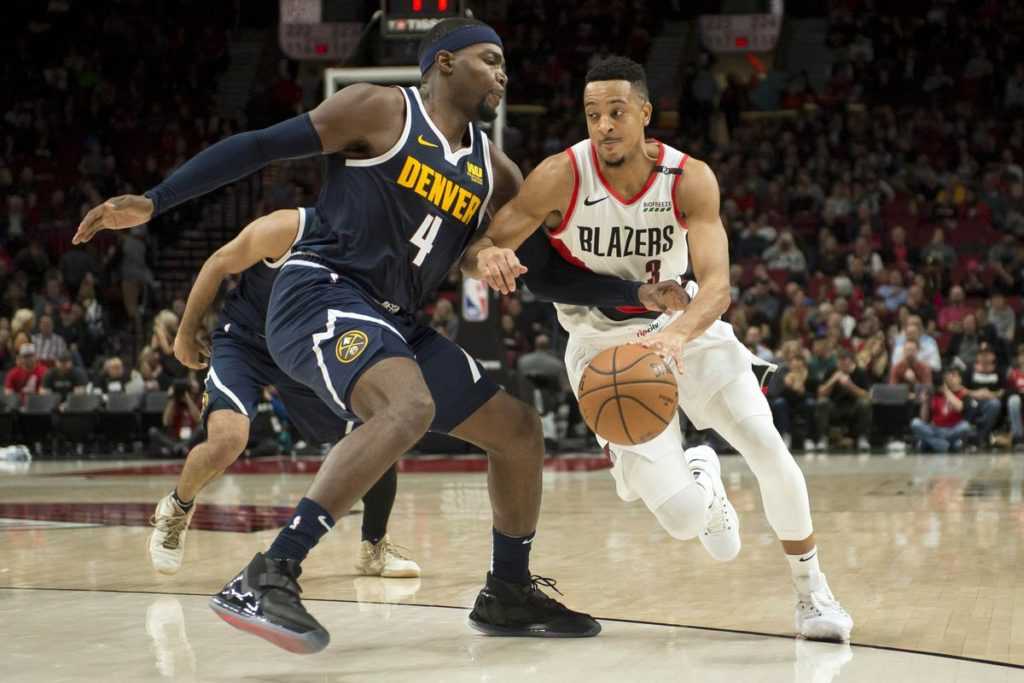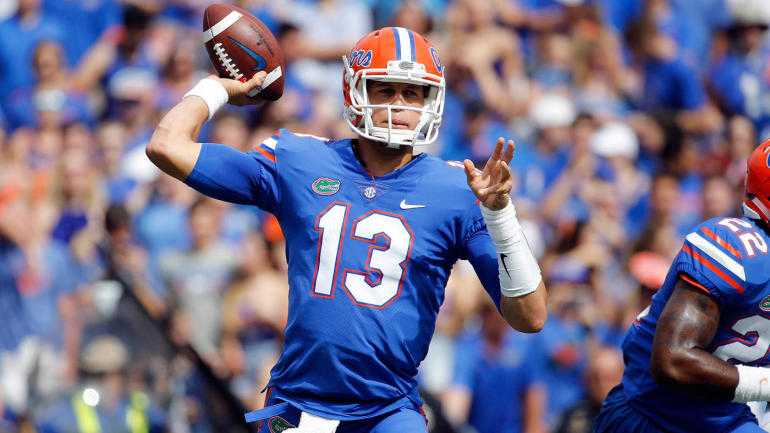The year is 2006. The team is the Utah Jazz, an up-and-coming Western Conference squad that features rising star power forward Carlos Boozer and second-year guard Deron Williams. The two combine with sweet-shooting 7-footer Mehmet Okur to form Utah’s core. Veteran point guard Derek Fisher starts 61 games; even though Deron Williams averages 9.3 assists per game, the NBA is still a league that relies on a convention. Williams is a playmaker, but Fisher is a trusted ballhandler. Paul Millsap, the human time capsule.
Conventional wisdom is that it pays to have a point guard like Fisher on your team if you have young guards. The Utah bench is unremarkable, and the common perception is that the best of the reserves is Jazz veteran, Matt Harpring. Playing the 7th-most minutes on the team is a rookie taken in the second round of the draft. It is that rookie who best encapsulates the recent history of the NBA.
Paul Millsap As A Basic Power Forward

Flash forward to the 2008-09 season. The Jazz has built a stronger supporting cast, and no less than six players average double figures in points per game. The Western Conference has gotten deeper, however, and the Jazz loses in the first round. They are a prototypical team for their era: they have two big men that can score, a good point guard, and a pair of versatile small forwards (Andrei Kirilenko and C.J. Miles) who can do a little bit of everything. When Carlos Boozer is injured during the campaign, third-year backup power forward Paul Millsap is called upon to replace him. A backup to this point, Millsap acquits himself well by averaging 13.5 points and 8.6 rebounds in 30.1 minutes per game.
He shoots 53.4% from the field and 69.9% from the free-throw line. Millsap is an effective shooter near the basket, with 61.9% of his shots coming from within three feet of the basket. In both 2008 and 2009, he ranks in the top 15 in the league in Offensive Rebounding Percentage. 64.8% of his field goals are assisted, and he records a paltry 2.9 assists per 48 minutes. Millsap fulfills the standard expectations for a power forward – don’t dribble, don’t pass, just rebound and score in the paint.
Paul Millsap As A Big Man Who Can Space The Floor A Little
The next year, a healthy Boozer sends Millsap back to the bench. Though he does expand his shooting range a bit into the second level, he still depends on assists to score. Then, in the summer of 2010, Carlos Boozer signs with Chicago. Millsap scores 17.3 points per game as a starter, and now takes only one-third of his shots within three feet. As a burgeoning starter, Millsap continues to rely more heavily on long jump shots; 46.4% of his attempts come from 10 feet or more.
By the 2011-12 season, Millsap knocks down a career-high 79.2% of his free throws. But his development is normal for a young power forward. He has progressed from rebounding and making shots near the basket, to taking midrange jump shots as he becomes a more integral part of his team’s offense.
The 2011-12 season is also Derrick Favors first full campaign with the Utah Jazz. A number 3 pick acquired by Utah from the Nets. Favors is a natural power forward who is now stuck behind Millsap just like Millsap was once stuck behind Carlos Boozer. It is not possible to play the two together, as neither is tall enough or hefty enough to be a true center. The consequences of playing without a low post defender in the rugged Western Conference are dire.
The 2012-13 season brings the Jazz’s issues into sharp focus as lineups that attempt to wedge Millsap into a small forward role alongside Favors and Al Jefferson flounder. With Utah pinning their hopes on Favors and Enes Kanter as their frontcourt of the future. 2013-14 finds Paul Millsap headed to Atlanta.
Paul Millsap As A Stretch 4

The Paul Millsap who takes the floor for the Hawks is noticeably different. However, one-fifth of his shots come from 3-point range, and he converts an astounding 35.8% of those shots. Millsap, after making 31 out of 123 3-pointers in 540 games with Utah, transforms into a long-range threat. After seven years as a backup and then a complementary player. Millsap scores 25.7 points per 48 minutes and makes the All-Star team. He is relatively unique as an inside player. Who can hold his own on the glass while scoring from all three levels? Not many players in the league possess Millsap’s combination of skills.
The 2014-15 Hawks take the league by storm, soaring to a startling 60-win season. The Hawks are emblematic of the state of the game at the time: point guard Jeff Teague, though a skilled distributor, is far from the team’s best outside shooter. Kyle Korver, Paul Millsap, and DeMarre Carroll are all effective 3-point shooters despite all standing between 6’7” and 6’8”. In the NBA of 2014-15, mid-sized players need to be able to shoot from outside for a team to be successful.
It is during this time that we also begin to see a change in Paul Millsap’s shot distribution which is prescient. In 2014-15, Millsap takes less than 10% of his shots from 16-22 feet for the first time since his rookie year. He takes only 8.6% of his shots from 10-16 feet. His shot attempts are becoming more consolidated into two groups – shots from inside 10 feet, and 3-pointers.
Paul Millsap As A Versatile Defensive Menace
On the defensive end, too, Millsap has transformed. His first two seasons in Atlanta see Millsap among the top 10 players in the league in both steals per game and Steal Percentage, and he will go on to rank 11th in both measures in 2015-’16. Improbably, Millsap becomes a fearsome perimeter defender at the end of his twenties. As the league shifts toward greater versatility on offense. It is increasingly necessary for players with a power forward frame to defend opponents farther and farther from the basket. Under the conditions of the modern game, Millsap blossoms into a rare hybrid capable of terrorizing offenses both inside and outside. He makes the NBA’s All-Defensive 2nd Team in 2015-16 and appears in my All-Defensive Team selections in both that season and the 2018-19 season. His defensive performance is broken down in the table below:

Millsap will go on to earn four consecutive All-Star selections, then reach the end of his contract in 2017 with the Hawks staring straight down the barrel of a full rebuild. Without so much as making him a contract offer, Atlanta allows Millsap to leave in free agency. Heading into his age-32 season. Millsap is at a stage in his career that would have limited his earning potential at one time. When Millsap entered the league, players at 32 were considered to be on the downhill slope of their careers. By 2017, however, 32-year-old players are able to command salaries in keeping with their previous income in many cases. Millsap is no exception, as the Denver Nuggets sign him to a three-year, $90 million deal.
Paul Millsap As A Modern Combo Wing/Forward
As the league leans harder into the “layups and threes” philosophy, Millsap’s game is once again a prime example. By 2018-19, Millsap has basically eliminated long two-pointers from his shot repertoire. In fact, only 7.7% of his points come from midrange shots, the lowest mark of his career.
Millsap is also representative of the metamorphosis of the league into a style of play that allows for and encourages bigger players to function as off-the-dribble playmakers. There was a time not so long ago (as recently as 2015-16) that more than half of Millsap’s shots did not come after a dribble, and more than 60% occurred within two seconds of receiving the ball. Now, however, he takes 55.4% of his shots after making at least one dribble, and about one-sixth of his shots are pull-up jumpers. The human time capsule that is Paul Millsap.
Paul Millsap: The NBA’s Human Time Capsule

Paul Millsap began his NBA life as a 6’8” power forward. He pounded the boards and shot efficiently from close range. His primary defensive assignments were in the post and on the elbows. The team that drafted him eventually elected to let Millsap leave in free agency because he could not play alongside the other big man the Jazz planned to build around.
As the pace and space era dawned, Millsap transformed into a 3-point shooter and a ferocious defender on the perimeter. In Atlanta, he became an All-Star and led a 60-win team that featured four starters between 6’7” and 6’10”. When he entered free agency at 32, sports medicine and improved nutritional care had created a landscape in which a 32-year-old star was able to command $30 million a year. Although he is now 34 years old, Millsap continues to expand as a creator off the dribble. The latter stages of his NBA career find him in a much different place than where he started. Then, he was a paint-bound bruiser; now, he is an inside-out chimera on both offense and defense.
Paul Millsap is the Human Time Capsule. Actually, can we make that his official nickname? His metamorphosis across the stages of his career mirrors the changes in the game itself. If you had to tell the story of the league in the last 13 years through the lens of a single player. Paul Millsap offers by far the most expressive vantage point.
For more analysis, explanation, and visualization of NBA statistics, read The Basketball Bible and become the pro in the know. Follow Greg on Twitter @greekgodofstats and on Facebook at https://www.facebook.com/GreekGodofStats/.






